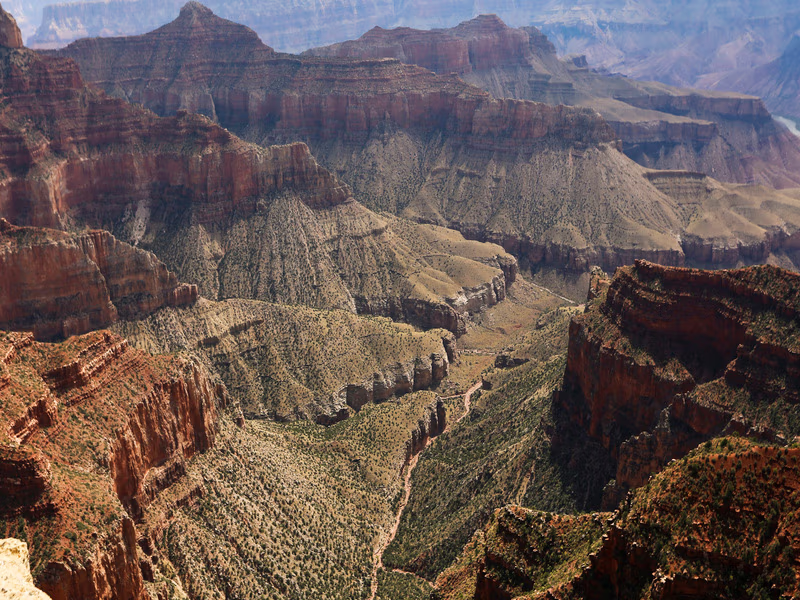Large portions of the Grand Canyon National Park in the western United States remain closed due to two rapidly growing wildfires — the White Sage Fire and the Dragon Bravo Fire — prompting the evacuation of hundreds of visitors, officials said on Saturday.
In an official statement, Grand Canyon park authorities confirmed:
“The North Rim of the park remains closed until further notice to support firefighting operations and ensure public safety for the Dragon Bravo fire and the nearby White Sage Fire.”
They also warned that:
“Smoke is expected to remain visible from the South Rim, and air quality conditions may vary depending on fire behaviour and wind patterns.”
White Sage Fire: Over 19,000 Acres Burned
The White Sage Fire, which ignited after a thunderstorm passed through the area on Wednesday, has already scorched over 19,000 acres (76.9 square km) with zero per cent containment as of Saturday morning, according to InciWeb, the US Forest Service’s incident tracking portal.
Fire officials said on Facebook that approximately 500 guests were safely evacuated from the park’s North Rim.
“All visitors have left the area, and park employees and residents remain sheltering in place,” the update stated.
Dragon Bravo Fire: Fuelled by Hot, Dry Winds
The Dragon Bravo Fire, which began on July 4, has intensified in recent days due to hot, dry, and windy conditions. It has burned an estimated 5,000 acres (20.2 square km) and also remains uncontained, according to Xinhua and InciWeb reports.
Park officials and fire personnel are continuing firefighting operations while monitoring weather conditions, which are expected to remain volatile over the coming days.
(With input from IANS)





